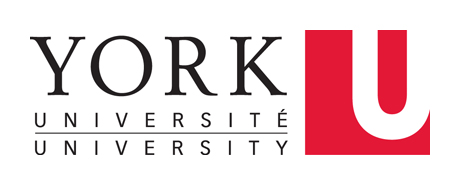Alternative publication models
There are two common alternatives to the regular, full issue publication model: online first, and rolling.
In the online first publication model (also called “forthcoming”), you publish each submission as soon as it is ready. Later, you assign these submissions to a regular, numbered issue – often with additional contents such as reviews, editorial, etc. You can use an online first model in OJS but this requires several added steps.
In the rolling publication model (also called “continuous publication”), you create and “open” a new, regular issue by publishing it at the beginning of a publication cycle – often, the calendar year. You then add each new submission to the issue as soon it is ready. At the end of the cycle, you “close” the issue and open a new one. To close an issue, just stop adding submissions.
The key distinction between this models is these:
- with an online first model, you “move” submissions from the online first collection to a regular, numbered issue at a certain point;
- with a rolling publication schedule, the articles stay assigned to the same issue.
In both cases, the URLs for the submissions stay the same once published in OJS.
Online first and rolling publication both introduce two small complications for OJS:
- DOIs. Normally, OJS assigns and registers DOIs for submissions when a new issue is published. However, in both of the models, issues are published before the articles. That means you have to manually assign and register DOIs for submissions.
- Notifications. OJS gives you the option of notifying your journal’s regular users about the publication of a new issue. Because the submissions are published separately from the issues, you cannot notify your users about the publication of new submissions. You may wish to use the Announcements plugin in order to send notifications about newly published submissions.
Along with issues, submissions are a key element in OJS. "Submission" is a generic term that includes articles, book reviews, and art. In the back end, a submission has a Workflow and a Production tab. Once published, a submission has its own web page with metadata and one or more galleys.
Along with submissions, one of the building blocks of OJS. All submissions (articles, reviews, editorials, etc.) must be assigned to an issue in order to be published.

